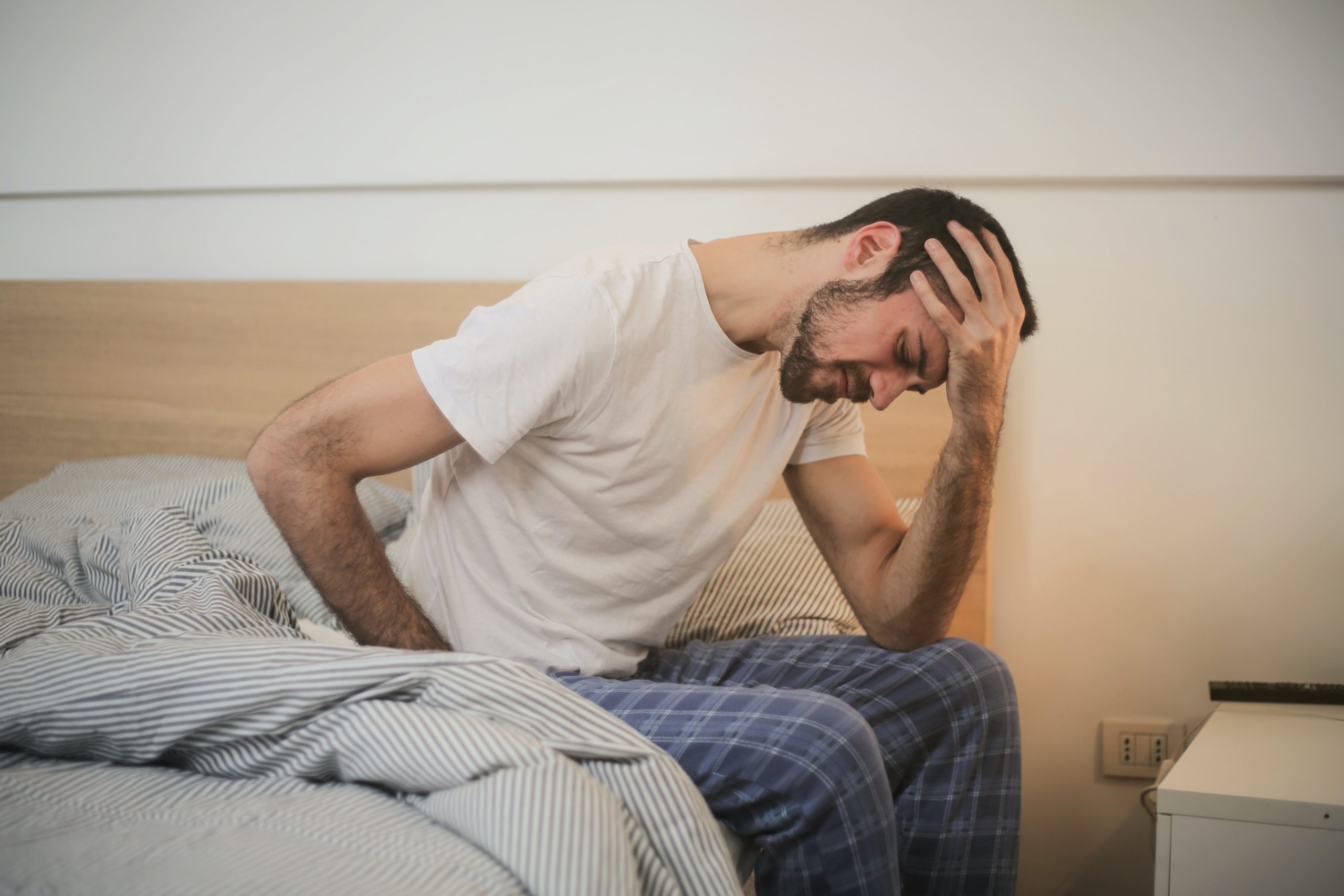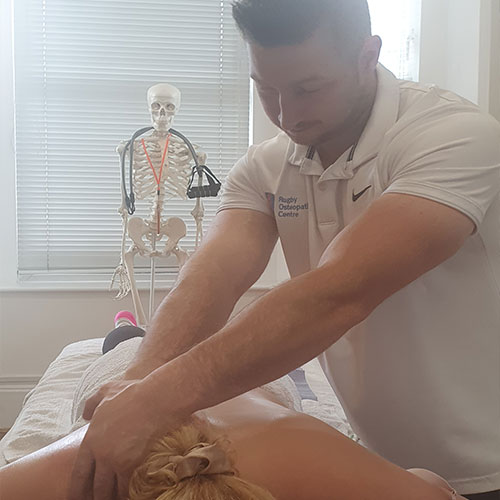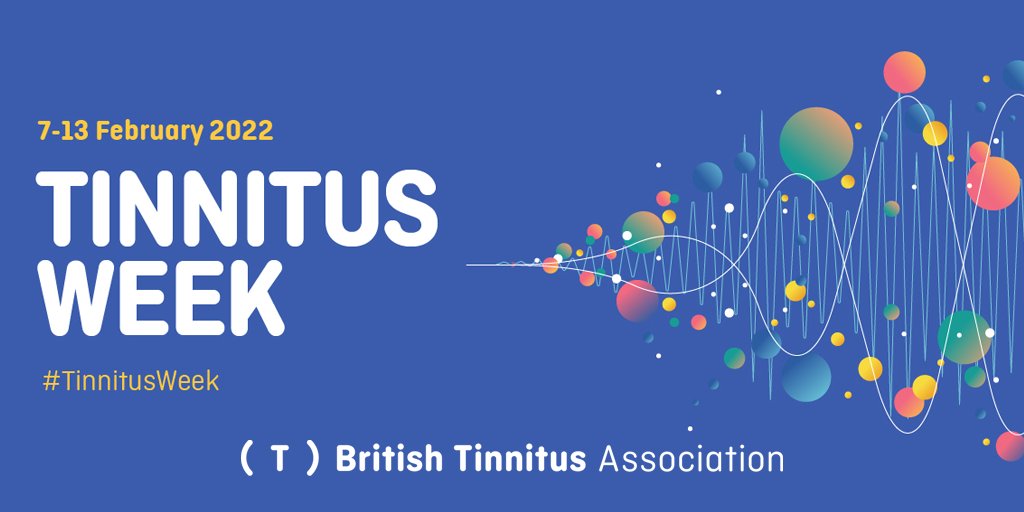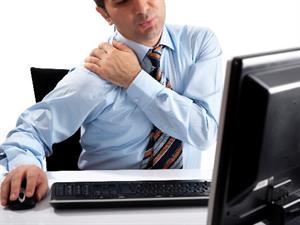Types of Headaches
Headaches
In this blog post, we will focus on four common headache presentations. We will explore
symptoms, causes and treatments available. We will also touch on symptoms and
characteristics to be cautious of, where urgent medical attention may be required.
Cervicogenic headaches
Cervicogenic headaches typically present as pain on one side of your face. They tend to
manifest as a steady pain that doesn’t throb and can occur when coughing or sneezing. Neck
stiffness may also accompany. Causes include tension within neck musculature, arthritic
conditions, postural problems, whiplash, sports injuries, and falls. Treatments available
include Osteopathy, Sports massage, or other manual therapies, exercise rehabilitation,
non-steroidal anti-inflammatory drugs (NSAIDS), ice/ heat therapy, and avoiding or
modifying activities that may be aggravating your symptoms.
Migraine headaches
Migraine headaches typically present as moderate to severe throbbing, pulsating pain on
one side of the head. Some individuals experience prodromal symptoms (aura) that come
before the headache (tunnel vision, spots, partial loss of vision, etc). Other associated
symptoms can include sensitivity to light and sound, and possible GI disturbance in the form
of nausea/ vomiting. The exact cause is unknown but thought to be due to temporary
changes in chemicals, neural structures, and blood vessels. Approximately half of all patients
who experience migraines have a close relative who also experiences migraines. Some
individuals have been able to identify specific triggers such as stress, tiredness, certain foods
or drinks and menstruation. Treatments available include pain relief such as paracetamol
and NSAIDS, Triptans (these work by reversing the changes in your brain that cause
migraines), and anti – emetics (these work to prevent or treat nausea and/or vomiting).
Cluster headaches
Cluster headaches can be described as a sharp, piercing or burning pain, often felt around
the eye or temple. These start quickly with no warning, and attacks can last between 15
minutes to 3 hours, typically occurring 1 to 8 times a day. The exact cause is unknown but
has been linked to activity in the hypothalamus. Some patients can identify triggers, such as
strong smells (perfume, paint or petrol). Individuals often have other family members that
suffer. Treatment options include Sumatriptan injections, Sumatriptan or Zolmitriptan nasal
spray, oxygen therapy, and avoiding known triggers.
Tension headaches
Tension headaches can be described as a constant dull ache on both sides of the head, often
experienced with pressure behind the eyes and tension behind the neck. Causes can include
stress and anxiety, squinting, occupation, poor posture, tiredness, dehydration and a lack of
physical activity. Treatments available include relaxation techniques (yoga, massages and
exercise), prevention techniques (keeping hydrated and getting enough sleep), pain relief
and ice or heat therapy.
Symptoms/ characteristics to be cautious of
– First, worst, abrupt
– Onset age >50
– In the setting of a major medical illness (cancer, HIV)
– Progressive weakness or paralysis on one side of the body
– Vision or balance disturbance
– Difficulty speaking or understanding speech
– Difficulty using fine motor skills
– Seizure(s)
– Worse in the morning or with valsalva/ sexual intercourse
– Nausea/ vomiting/ drowsiness
– Mental or behavioural changes, such as memory problems or changes in personality
– Spontaneously awakens from sleep
– Progressive headache
– Altered consciousness or confusion
– Neck stiffness accompanied by fever, sensitivity to light and a new onset rash
– Rapid breathing
– Trauma or neurosurgery
In the event of these symptoms, please speak with your doctor first/ seek urgent medical
attention.
For more information or to book an appointment, please call us on 01788 560646 or visit us
at rugbyosteopaths.co.uk.
Thank you.




